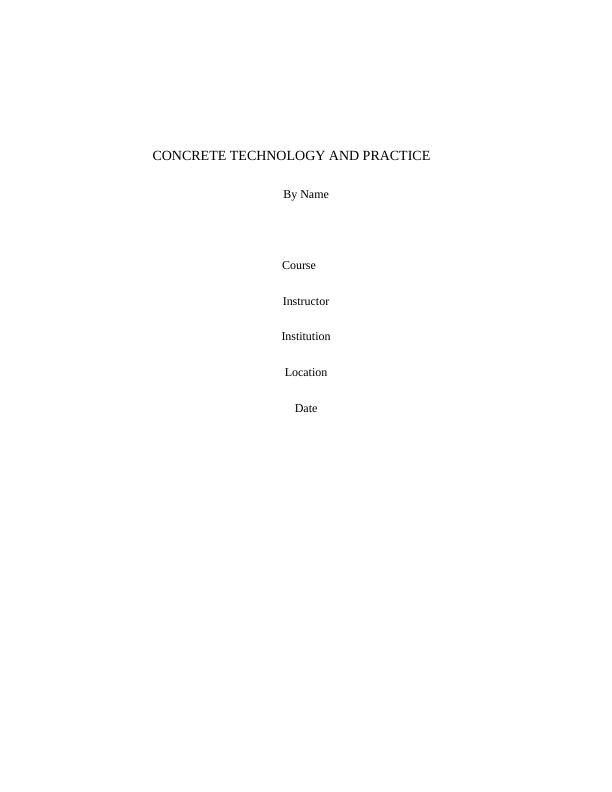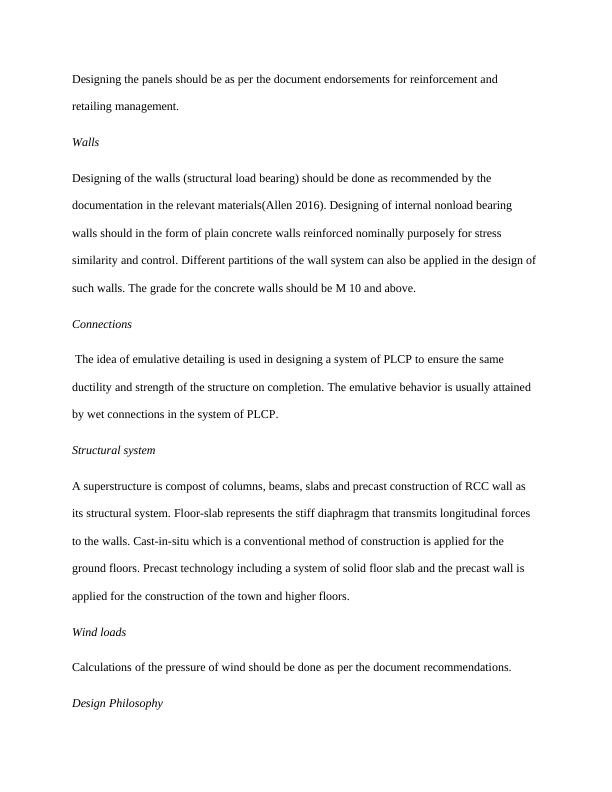Design Requirements for Typical On-Shore Pre-Cast Yard
Set up a precast manufacturing yard on-shore for a given structure, explaining construction, measures for 100 year design life, mix design, casting and curing of precast units, towing and placing of sub-structure and super-structure units, and foundation preparation for pier bases in sea water.
17 Pages1863 Words438 Views
Added on 2023-03-30
About This Document
This paper highlights the design requirements for the Typical on-shore pre-cast yard, including considerations for structural design, floor panels, walls, connections, wind loads, design philosophy, design loads, installation, waterproofing, electrical and mechanical fittings, fire rating, finishes, and measures for a 100-year design life.
Design Requirements for Typical On-Shore Pre-Cast Yard
Set up a precast manufacturing yard on-shore for a given structure, explaining construction, measures for 100 year design life, mix design, casting and curing of precast units, towing and placing of sub-structure and super-structure units, and foundation preparation for pier bases in sea water.
Added on 2023-03-30
ShareRelated Documents
End of preview
Want to access all the pages? Upload your documents or become a member.
Construction Management Case Study
|9
|1428
|401
CPCCBC5018A Apply Structural Principles to Construction of Medium Rise Buildings
|10
|900
|220
Structural Principles for Commercial Low Rise Construction
|10
|1295
|112
Earthquake Design/Management Systems
|6
|1065
|343
Insulated Concrete Framework: The Best Modern Method of Construction for Self-Builders
|10
|3068
|405
Construction Management: Principles of Stable Structure and Basement Construction
|6
|986
|143




